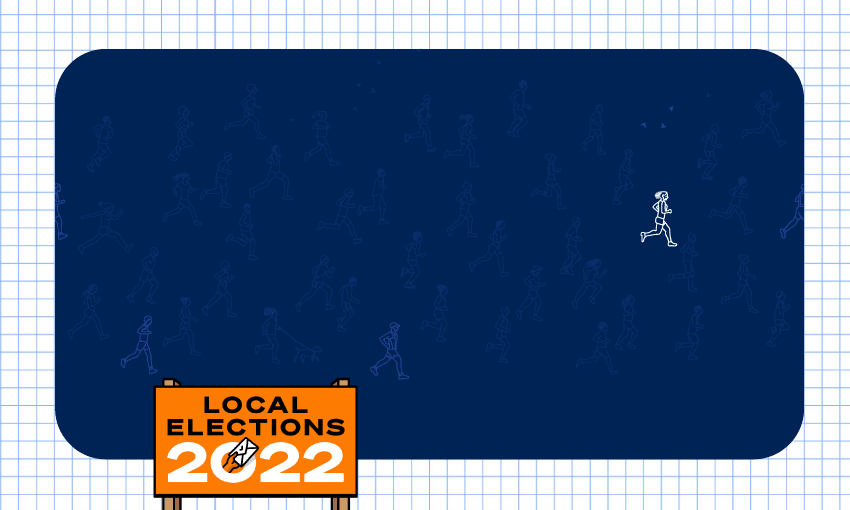One in five elections are uncontested, while one man is running in eight different contests, including six mayoralties.
With nominations closed, around 20% of the local body elections around the country are uncontested, meaning that the number of seats available is the same or more than the number of candidates. Across those elections, 20% will be declared the winners automatically. In 20 elections there are insufficient candidates to fill the available seats, leaving 14 unfilled.
Across a total of 583 elections around New Zealand, 474 are contested and 119 uncontested. Seven people are running in a mayoral race alone, with uncontested elections for the mayors of Hurunui District Council, Central Otago District Council, Kawerau District Council, Central Hawke’s Bay District Council, Hauraki District Council, Hastings District Council and Stratford District Council
The data, which excludes elections to licensing and community trusts, was compiled by Policy.nz, the candidate comparison tool which will launch soon with The Spinoff.
The total number of elections has risen by 30 from 553 (excluding DHBs) in 2019. This is primarily due to the addition of new wards, subdivisions or constituencies. In 2022 there are 33 Māori wards across councils and 11 Māori constituencies across regional councils, up from one and five respectively in 2019.
A total of 3,119 people are standing in the local elections, a drop from 3,246 in 2019 (not including DHB contests). With 1610 seats across the elections, the mean average of people standing per seat available is a whisker of two, in keeping with recent years. That low level of competition in so many races presents “a real problem” for local democracy, said Julienne Molineaux, a local elections expert and senior lecturer at AUT. Uncontested elections mean candidates “are not put under any scrutiny by the electorate … The public does not have the opportunity to reject anyone, and, on the flipside, the winning candidates lack the legitimacy that comes from being voted into power by the public,” Molineaux said.
The man standing in eight elections
There are 562 people standing in more than one election. Most of those have entered two races, with 27 having a run in three.
Then there’s Richard Osmaston, who is standing in eight elections. The St Arnaud farmer is the leader of the NZ Money Free Party (not currently registered). He told Stuff: “The fact that we use money as our basic operating system means that everyone is continuously competing, continuously having to grow, and continuously having to focus on getting money, rather than what’s actually important.”
He is standing to be mayor of Marlborough District, Buller District, Grey District, Nelson City, Tasman District and Westland District, as well as for council in Grey District and Tasman District.
Osmaston, who has made several unsuccessful bids for mayoralties in recent elections, told the Westport News that were he to win more than one, he’d “get a helicopter”.
The uncontesteds
Southland District has the unenviable record of most uncontested elections, with seven. (Southland also had a hard time finding people to run in 2019 – continuing a trend. Hastings is close behind – or ahead, perhaps – with six elections uncontested.
Southland and Waikato councils each have three more seats than candidates.
Community boards are the most affected by uncontested elections, with 51 – slightly over a quarter of the total – falling into that category.
There are 35 district council and 13 regional council elections that are contested. Palmerston North is the only city council with an uncontested election.
Māori wards
Fourteen of 45 – just under one third – of Māori wards and constituencies are uncontested, but overall the competition for seats is greater, with an average of 2.15 candidates per seat, according to Local Government NZ.
“In the past, many Māori have felt like local government isn’t a place for them because they couldn’t see themselves represented around the council tables,” said Bonita Bigham, chair of the LGNZ group of Māori in local government, in a statement. “It’s abundantly clear that the introduction of Māori wards has empowered more Māori to stand.”
Follow our politics podcast Gone by Lunchtime on Apple Podcasts, Spotify or your favourite podcast provider


